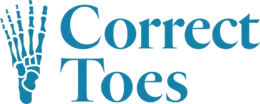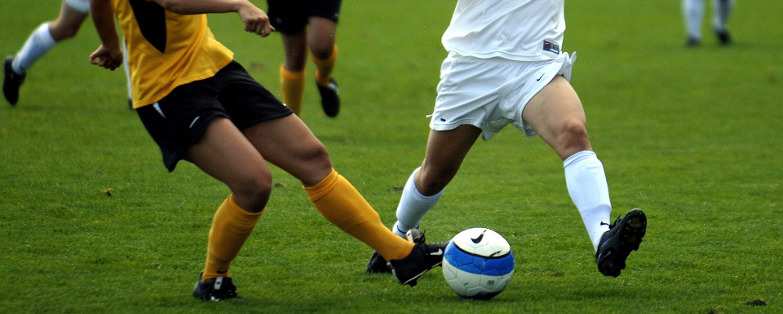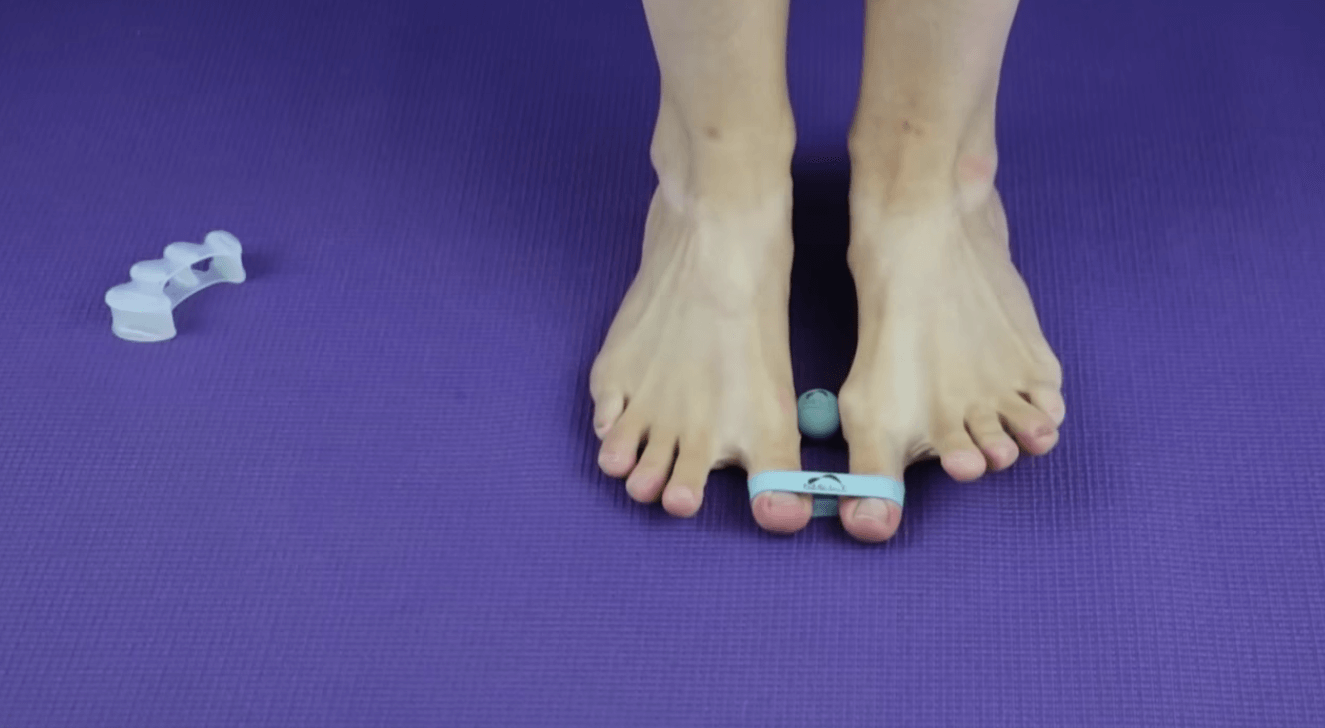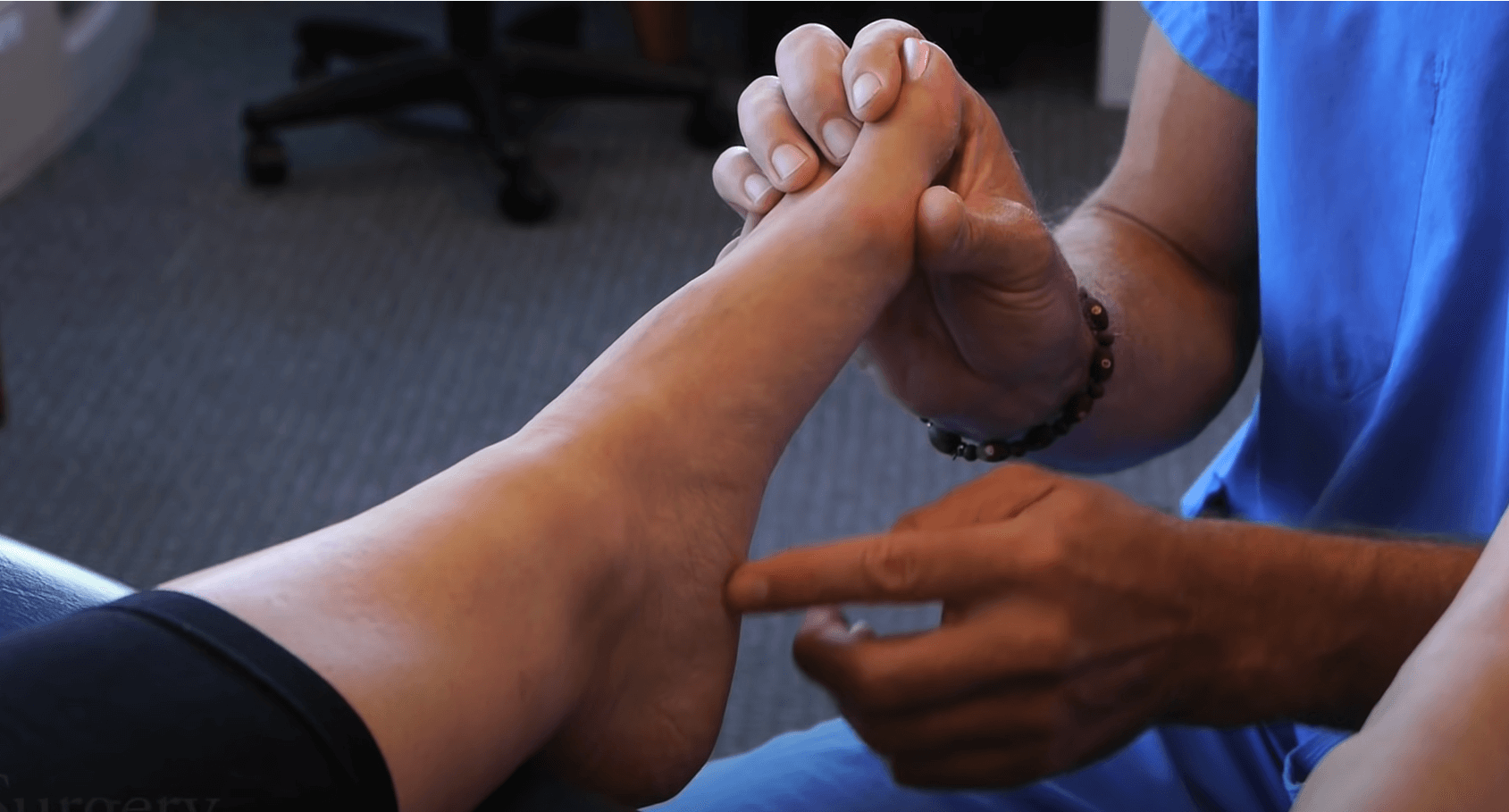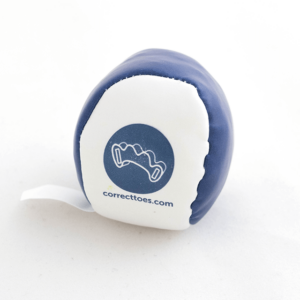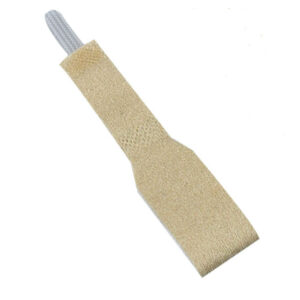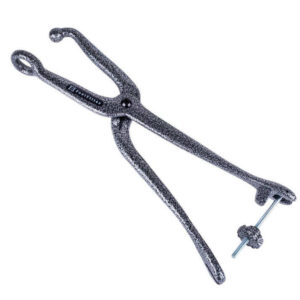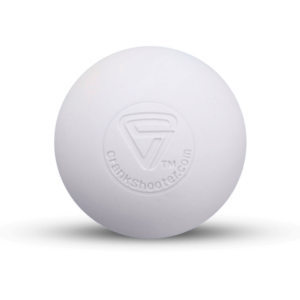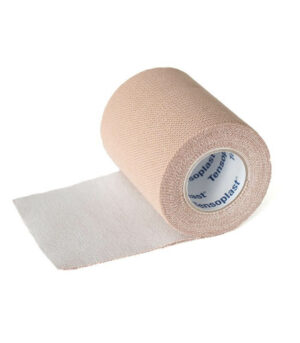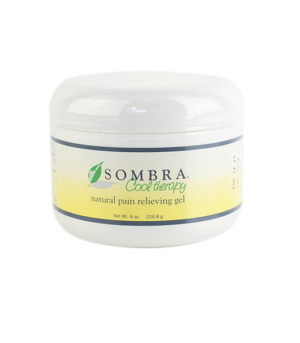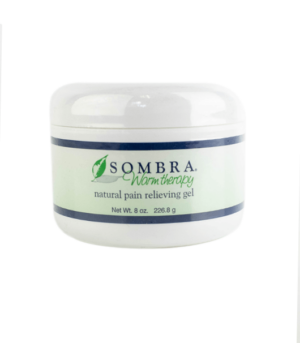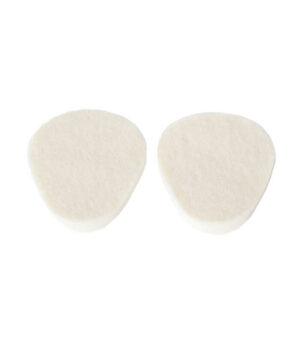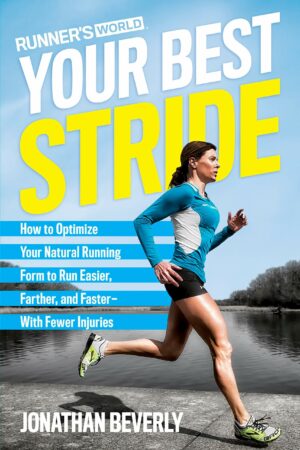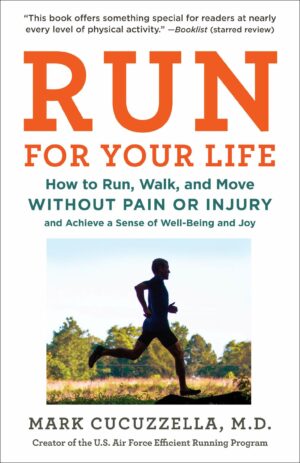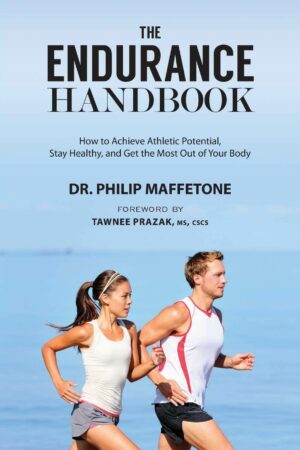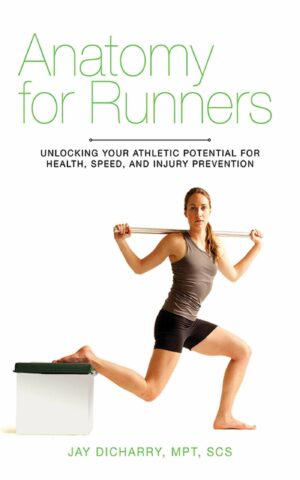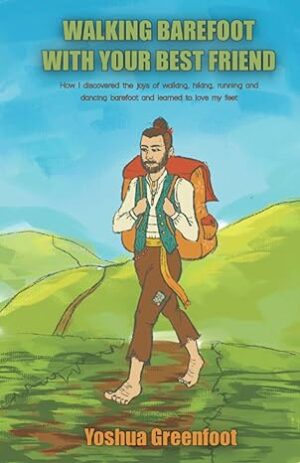Dr. Jen Tuttle is naturopathic physician currently treating patients at our founding clinic, Northwest Foot & Ankle. As a former collegiate soccer player, Dr. Tuttle knows firsthand the importance of having strong, healthy feet. In this interview, you’ll learn more about Dr. Tuttle’s background as an athlete, how she was impacted by athletic footwear and her natural foot health tips for athletes.
 1). Tell us about your background as an athlete, and how you got to where you are today.
1). Tell us about your background as an athlete, and how you got to where you are today.
I’ve played soccer all my life, staring when I was 5 years old and continue to play several times a week. When I was 10, I joined a competitive team and was fortunate to have the same coach from 10-18 years old. The amount we played was a bit unconventional; we practiced 3 days a week for 2-2.5 hours each practice, with 3-4 games most weekends. Since I played goalie, I had additional keeper training on the two days team practices weren’t taking place. I also played softball and did judo for a few years, but eventually stopped as the time commitment to soccer took over and became my priority. Needless to say, it was a considerable amount of time spent in cleats.
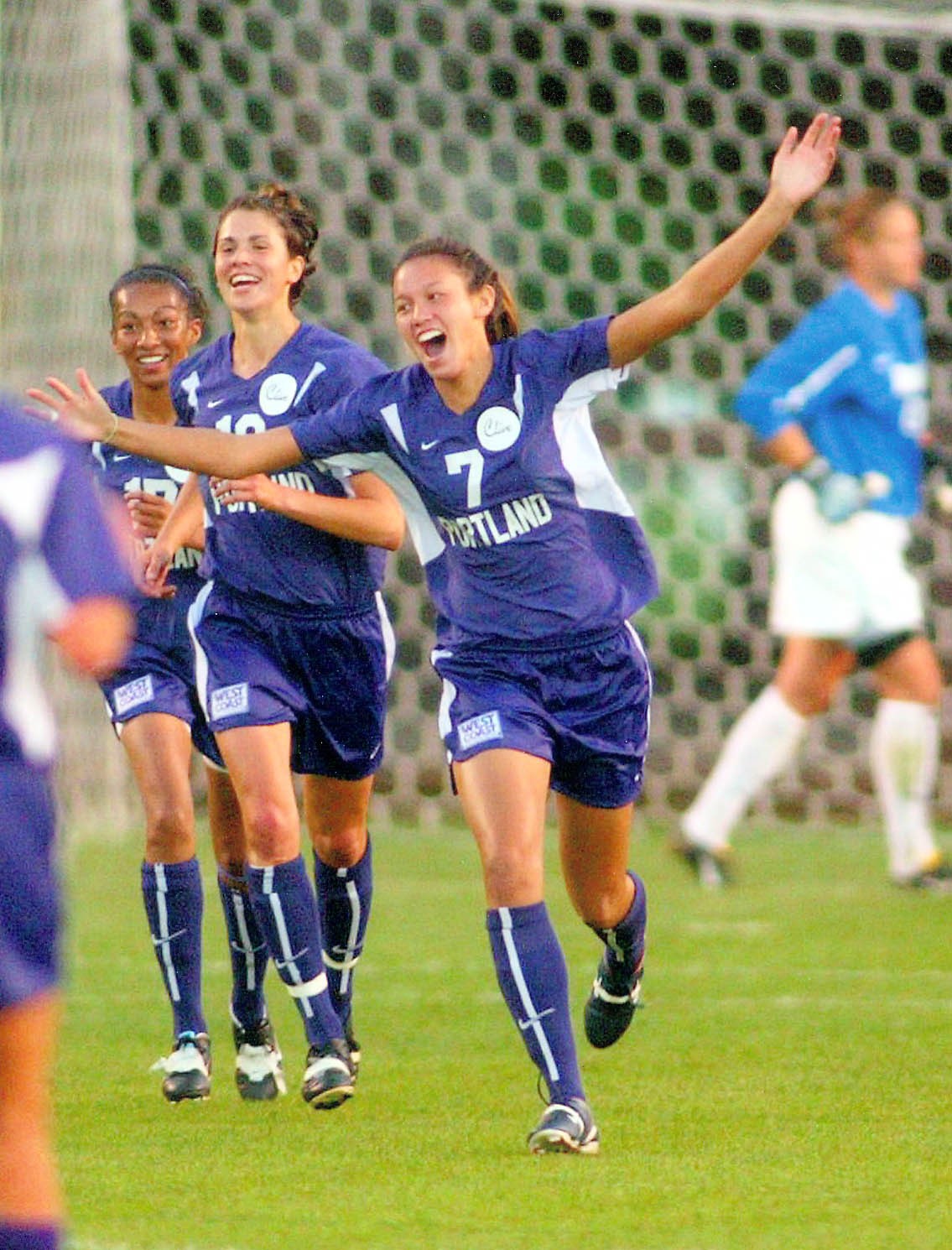
I continued to play soccer in college at the University of Portland. During my sophomore year, I began to develop some health concerns. When I didn’t heal and respond to conventional allopathic treatment I started to explore other options. I felt that only my symptoms, and not the underlying cause, were being addressed. And I wasn’t satisfied with taking medications for the rest of my life. The desire to keep investigating, to determine the root cause, ultimately led me to naturopathic medicine. Through the process of regaining my health, it was obvious that the naturopathic approach resonated with me.
I never liked running—hated it in fact; it was always the most dreaded part of practice. It wasn’t until I went to the Healthy Running Conference in San Luis Obispo in 2017 that my experience and understanding of running changed. After being introduced to Phil Maffetone, I followed his recommendations on how to develop my aerobic fitness. Shortly thereafter, I began training for the Hood to Coast Relay and adhered to Maffentone’s heart rate training program. It was only then that I realized running can be, and perhaps more importantly, should be enjoyable. My body held up without a glitch for the grueling “Mother of All Relays” and I’ve been hooked on running ever since. In addition to soccer and running, I enjoy maintaining a regular yoga practice.
2). How has your foot health been impacted by athletic footwear?
Over the years, I started to develop bunions, hammertoes, corns and calluses. In college, I developed a stress fracture in my 5th metatarsal, which I had surgery for.
3). How do you incorporate natural foot health principles into your life as an athlete? What do you personally do to take care of your feet on and off the field?
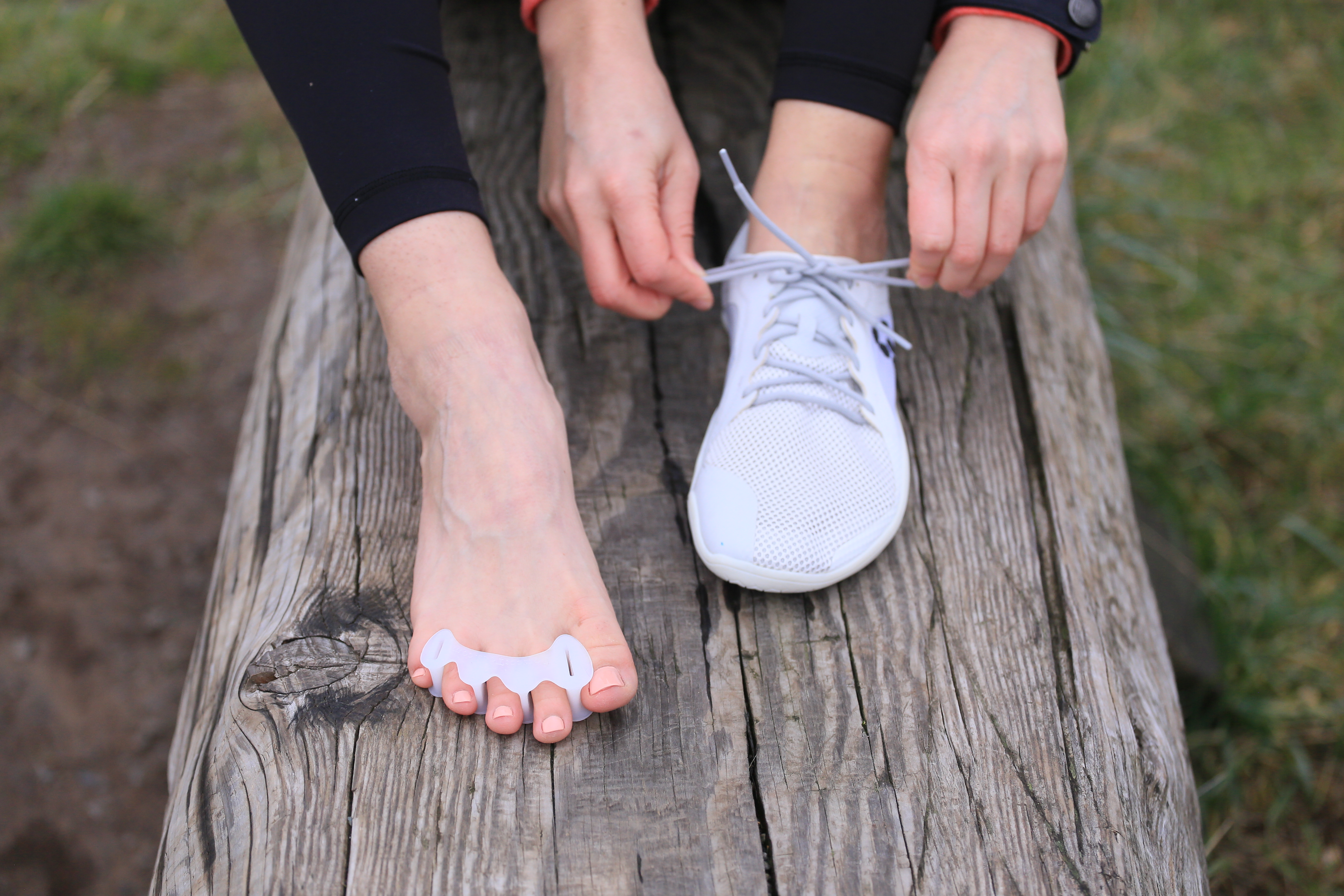 Continuing to play soccer is important to me. While cleats are not ideal due to the toe taper, I am committed to doing everything else off the field. As soon as I get out of cleats, I do the bunion stretch for about 30 seconds and then pop on Correct Toes. As for on the field, I look for cleats with less of a taper and a wider toe box.
Continuing to play soccer is important to me. While cleats are not ideal due to the toe taper, I am committed to doing everything else off the field. As soon as I get out of cleats, I do the bunion stretch for about 30 seconds and then pop on Correct Toes. As for on the field, I look for cleats with less of a taper and a wider toe box.
I wear Correct Toes every day, either barefoot or with natural foot shaped shoes; this alone reversed my hammertoes within just a few months. Corns and calluses are also no longer an issue for me. On a daily basis, I stretch and massage my feet, perform foot strengthening exercises and roll my foot over a lacrosse ball. None of it takes very long, and I can work on the strengthening exercises while I’m doing other tasks, such as working on the computer, in the shower, brushing my teeth, etc. I also wear Correct Toes during my yoga practice.
4). For athletes that must wear conventional shoes for their sport, what recommendations do you have to help them avoid foot ailments?
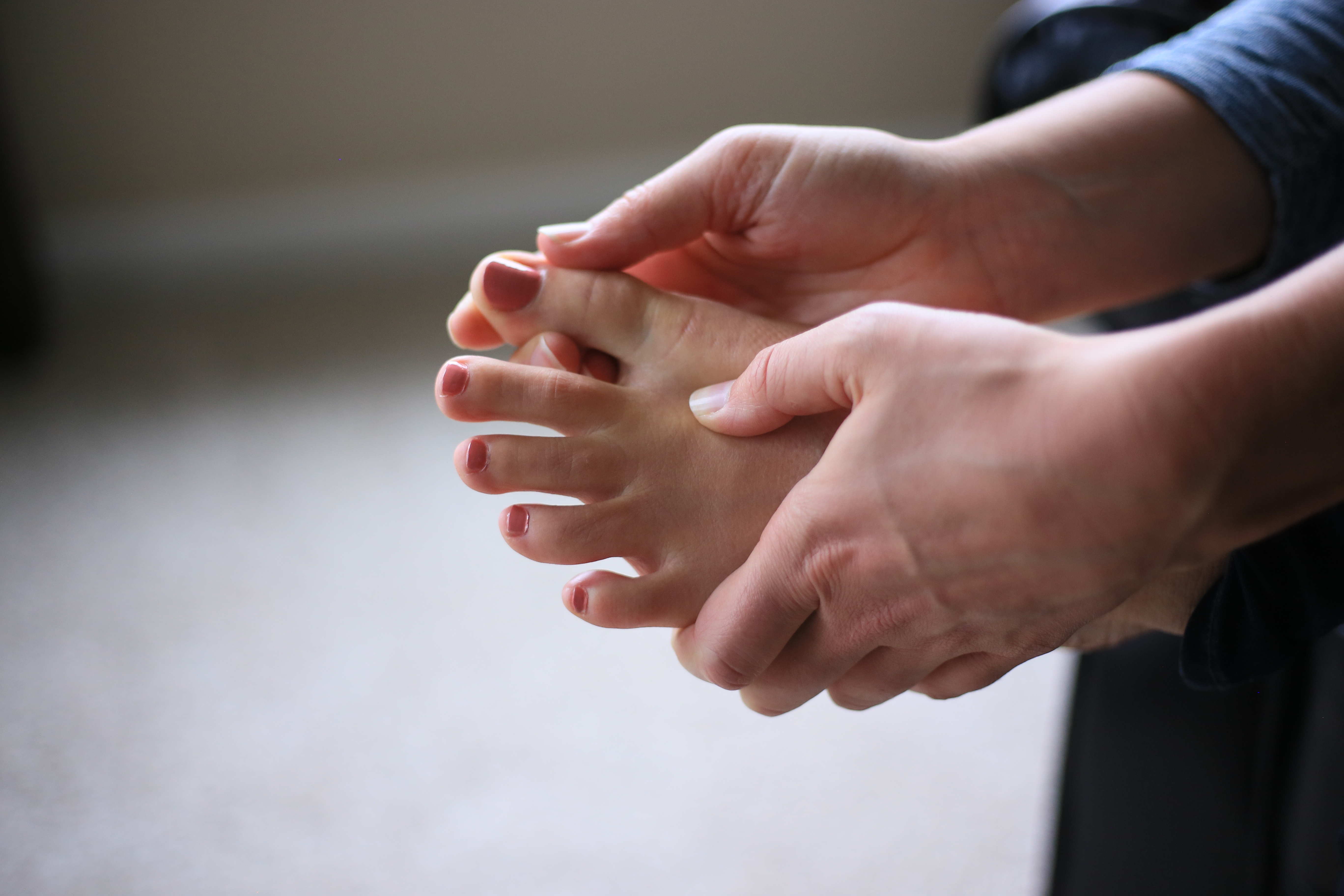 I think the key is to be proactive. Change the footwear that you can—the shoes that you wear outside of your sport. Start doing the stretches and strengthening exercises now, before you have pain or start to develop a foot condition. Make it a part of your daily routine, much like brushing your teeth. The body is extremely resilient, and changes can start to occur well before you experience pain. Unfortunately, it usually takes pain to bring awareness to our body, but if you can prevent it and stay ahead of the game, that’s crucial. It’s much easier to prevent than it is to reverse. It’s critical to start incorporating the following recommendations before injury or pain develops.
I think the key is to be proactive. Change the footwear that you can—the shoes that you wear outside of your sport. Start doing the stretches and strengthening exercises now, before you have pain or start to develop a foot condition. Make it a part of your daily routine, much like brushing your teeth. The body is extremely resilient, and changes can start to occur well before you experience pain. Unfortunately, it usually takes pain to bring awareness to our body, but if you can prevent it and stay ahead of the game, that’s crucial. It’s much easier to prevent than it is to reverse. It’s critical to start incorporating the following recommendations before injury or pain develops.
- 1). Transition to footwear that is widest at the ends of the toes, flat from heel-to-toe and flexible.
- 2). Use Correct Toes to help re-align and maintain proper toe alignment.
- 3). Perform the toe extensor stretch, the bunion stretch, and foot strengthening exercises daily.
5). What would you like to see changed in athletic footwear?
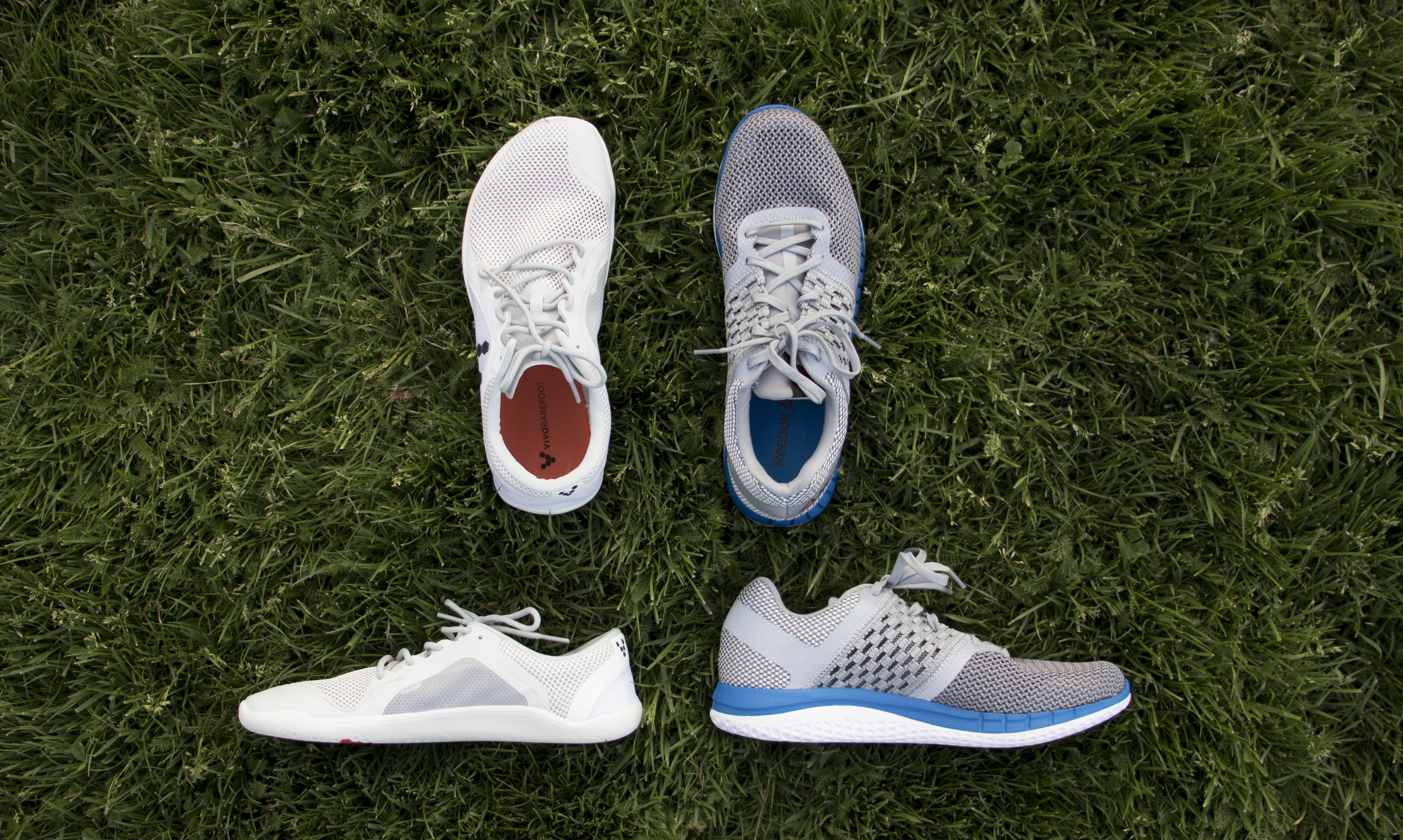 The most important change I’d like to see is in regard to the toe box. Footwear that allows the toes to be in natural alignment with the metatarsals is key, particularly with the hallux, or big toe. Position of the big toe is critical for gait and biomechanics. For example, the arch is inherently weakened when the big toe is pulled to the midline of the foot. While cleats are flat (zero drop), there is no need for running shoes to have an elevated heel. An elevated heel leads to a shortened calf muscle and changes running gait to a heel strike pattern, which negatively impacts power and speed.
The most important change I’d like to see is in regard to the toe box. Footwear that allows the toes to be in natural alignment with the metatarsals is key, particularly with the hallux, or big toe. Position of the big toe is critical for gait and biomechanics. For example, the arch is inherently weakened when the big toe is pulled to the midline of the foot. While cleats are flat (zero drop), there is no need for running shoes to have an elevated heel. An elevated heel leads to a shortened calf muscle and changes running gait to a heel strike pattern, which negatively impacts power and speed.
6). What are your rehab tips to help those athletes already experiencing foot pain?
Depending on the severity of the pain and the condition, time off may be necessary for the injury to heal. If the injury is mild, perhaps the athlete can continue to participate in a modified practice wearing natural foot shaped running shoes, instead of cleats, while allowing the condition to heal. Cleats can be modified for slight improvement. Modifications in include lacing one row back, taking the liner out or making small slits in the leather to allow for slightly greater expansion.
Additional therapies that are beneficial include:
- Contrast foot soaks (Epsom salt in hot water for 3-5 minutes followed by 30 sec – 1 min in cold water, repeat 3 times)
- Supplements like fish oil, turmeric and other combination formulas for more specific ligament and joint support.
- A compression sleeve may be necessary if there’s substantial swelling.
- A topical cream, such as Sombra heat cream, can be applied over the affected area. A heat cream encourages blood flow, which is what the body needs to heal.
- Regenerative injections (such as prolozone, prolotherapy, PRP) may be necessary to facilitate a quicker recovery
- Massage, reflexology, acupuncture, chiropractic care and physical therapy may also need to be layered in.
- Last, but not least, a tincture of time.
If you’re experiencing pain I recommend to consult with a physician to see if these additional therapies would be beneficial for your condition.
Dr. Tuttle is currently accepting new patients for in-person appointments and remote consultations. Find out more about scheduling an appointment with Dr. Tuttle here.
